Germ-infested Kitchen

In most households, the kitchen is the heart of the home, the place where you and your family most love to congregate.
It’s also the most favored place for germs to hangout due to its combination of food prep, moisture, and warm temperatures!
Researchers have found that there a few parts kitchen which are more prone to bacterial accumulation then others due to the way in which we use our kitchens. Their research will surprise you!
Your Sponge and Dish Cloth
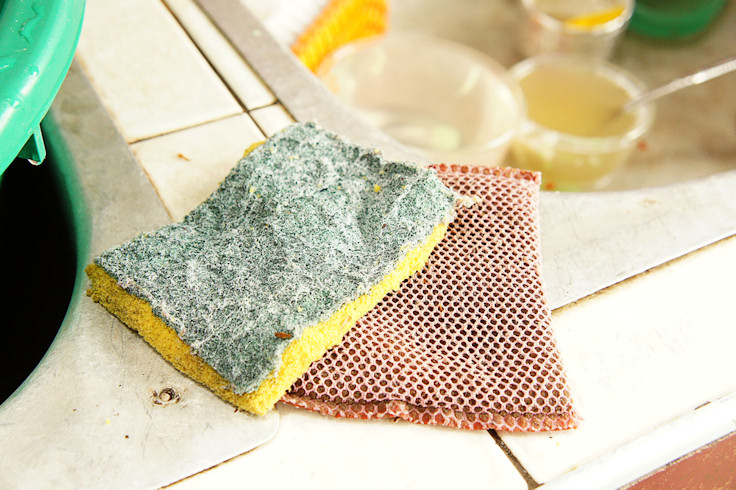
According to microbiology expert Dr Charles Gerba (University of Arizona), the kitchen sponge is one of the dirtiest places in the home – 200,000 times dirtier than a toilet seat.
The average toilet seat has 50 bacteria per square inch. There are approximately a million bacteria per square inch on a dish cloth, and 10x that on a kitchen sponge, with around 10 million bacteria per square inch!
In order to kill any lingering bacteria in your sponge and dish cloth, after you have finished using them for the day rince them out with dish soap and then put them straight in the microwave (high setting) for 3 minutes. Make sure they are wet before microwaving to avoid fire hazard. You should also replace both of these once a month.
Sink
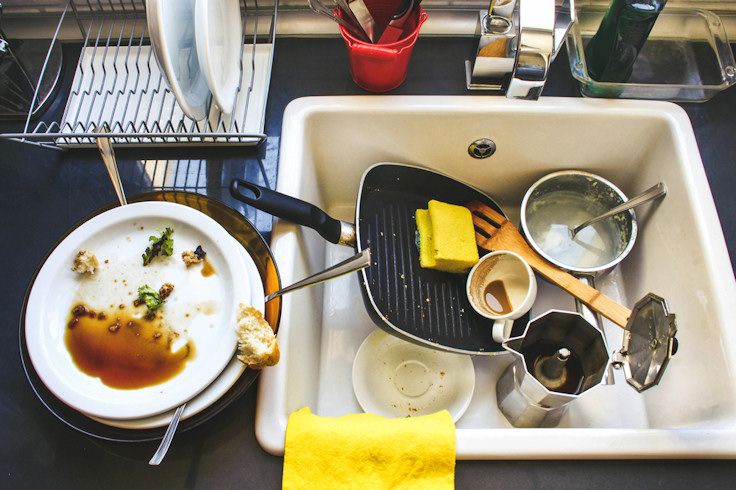
Food particles from plates left to soak or rinsed from dishes on their way to the dishwasher can serve as a breeding ground for illness-causing bacteria, including E.coli and salmonella. They can get on your hands and spread to foods.
According to Dr Gerba, “Kitchen sinks are full of germs”. “Think about it, everything is slopped into it. You cut raw meat then rinse off the cutting board in the sink. There’s more fecal bacteria in a sink than there is in a flushed toilet! That’s why dogs drink out of the toilet.”
Wipe all parts of the kitchen sink well with disinfectant spray at the end of the day, particularly after contact with raw meat or poultry.
If you do not like using disinfectant spray, you can use vinegar and baking soda for natural sanitization. (CAUTION: To prevent corrosion, vinegar should not be used on stone sinks or countertops.)
Also, clean the sink’s faucet handles, and if you have a removable sink strainer, pull it out and scrub thoroughly, especially the grimy underside. These are two areas which accumulate a massive amount of bacteria if not cleaned regularly.
Remember to sanitize the cloth you used to clean the sink afterwards (in the microwave).
Chopping Board

Cutting boards are hot beds of germs. The average cutting board has 200 times more bacteria than a toilet seat.
When used to cut up poultry and meats, they can also have salmonella and campylobacter bacteria on them.
Whether it is made of wood or plastic (the jury is out as to which is more hygienic), the board should be cleaned and disinfected after each use.
However, giving the board a quick rinse after using isn’t up to the job of killing off the germs. You should idealy sanitize properly each time.
Wash the board in hot, soapy water after each use, and then disinfect it with a good disinfecting kitchen cleaner.
If you have a plastic board you can put it in the dishwasher.
To minimize cross-contamination, Gerba recommends using colored cutting boards: one for meats, one for veggies and one for poultry.
Your Salt and Pepper Shaker
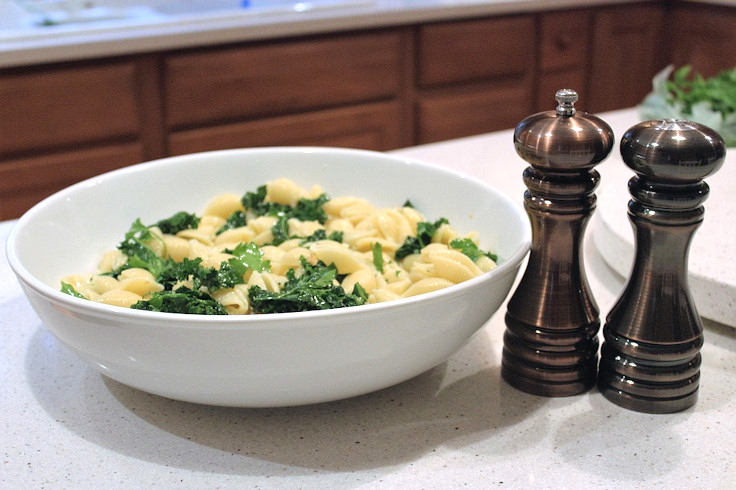
One of the dirtiest places in your home be right on the table where you eat.
According to a 2008 study from the University of Virginia, researchers asked 30 adults who were beginning to show signs of a cold, to name 10 places they’d touched in their homes over the previous 18 hours.
The researchers subsequently tested those areas for the presence of cold viruses. Their tests found that 41% of the surfaces tested had viruses on them. However, the biggest germ hotspots turned out to be salt and pepper shakers. Every single salt and pepper shaker tested came back positive for cold viruses.
So, when you wipe the kitchen table after eating, wipe off the salt and pepper shaker too.
Fridge Handles
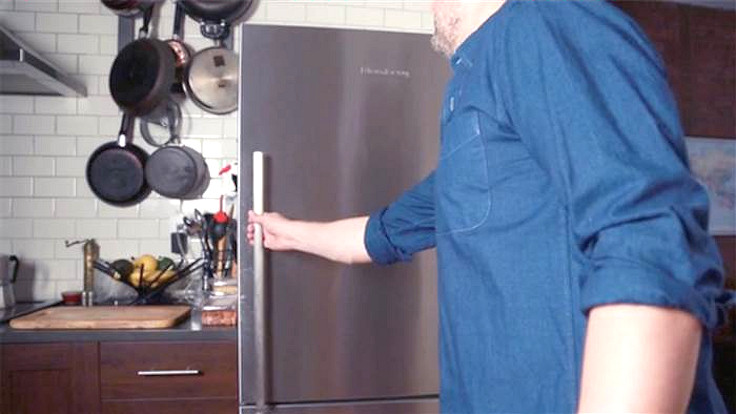
The average fridge handle is five times filthier than a toilet seat!
Think about how many times a day you open the fridge door and how many different foods you handle in-between, not to mention the times you use the kitchen sponge to wipe it. E.coli, salmonella and more can be growing on that handle.
Grab some disinfectant spray and sterilize your fridge handles – infact, why not the entire kitchen door while you’re at it.
Door Knobs & Cabinet Handles
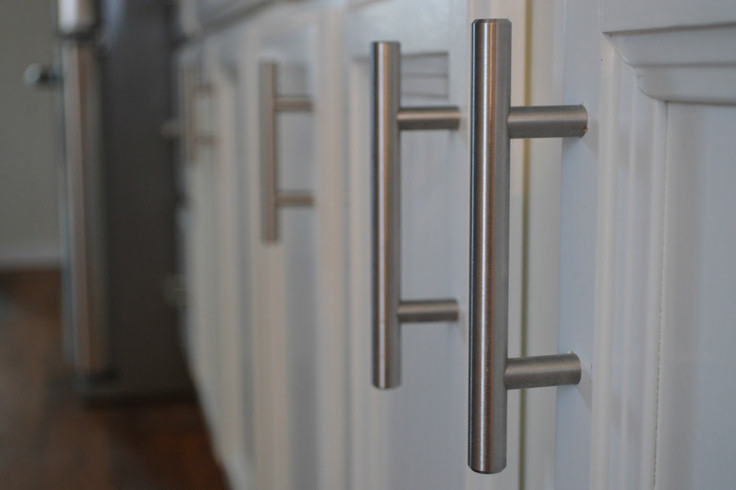
Flu viruses can last up to 24 hours on hard surfaces. Although that may not seem like a lot, if someone in your house is sick, it’s likely that you’re both going to use the same restroom or open the cup cabinet. Use a Clorox bleach wipe to protect yourself.
Germs in Your Kitchen
References:
- http://www.bbc.co.uk/news/magazine-20324304
- http://www.webmd.com/women/home-health-and-safety-9/places-germs-hide
- https://brightnest.com/posts/6-spots-you-can-clean-at-home-to-prevent-winter-sniffles
- http://uvamagazine.org/articles/december_2008_e-newsletter_university_news
- http://www.today.com/food/5-germiest-places-your-kitchen-how-clean-them-t106971
- http://www.networx.com/article/7-dos–donts-to-combat-kitchen-ge
Germs in Your Kitchen


References:
- http://www.bbc.co.uk/news/magazine-20324304
- http://www.webmd.com/women/home-health-and-safety-9/places-germs-hide
- https://brightnest.com/posts/6-spots-you-can-clean-at-home-to-prevent-winter-sniffles
- http://uvamagazine.org/articles/december_2008_e-newsletter_university_news
- http://www.today.com/food/5-germiest-places-your-kitchen-how-clean-them-t106971
- http://www.networx.com/article/7-dos–donts-to-combat-kitchen-ge

